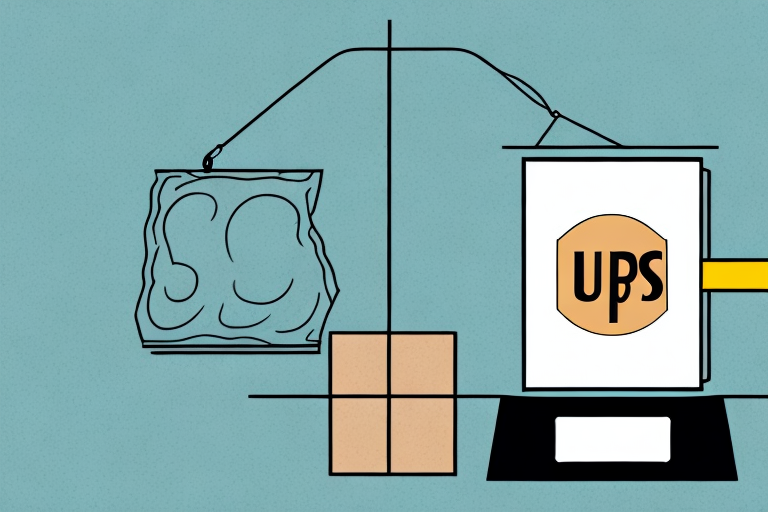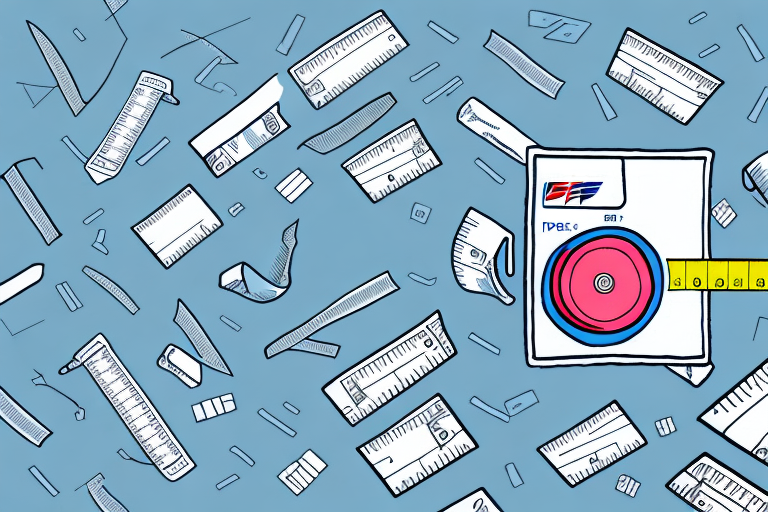Understanding UPS Large Package Surcharges
When shipping with UPS, it’s crucial to be aware of the company’s large package surcharges, which can significantly increase your shipping costs. A large package is defined by UPS as any package with a length plus girth measurement exceeding 130 inches. Girth is calculated by adding the width and height of the package and multiplying the sum by two. Regardless of weight, any package that meets or exceeds this size limit will incur a large package surcharge.
These surcharges vary based on the destination and the selected service level. For instance, the surcharge for UPS Ground differs from that of UPS Air services. Typically, surcharges range from $24 to $120 per package, contingent on size and destination.
It’s important to note that large package surcharges are in addition to other fees, such as fuel surcharges or residential delivery fees. Businesses that frequently ship large items should consider these additional costs when budgeting for shipping expenses.
Measuring and Packaging to Avoid Surcharges
Accurate Package Measurement
To avoid large package surcharges, accurately measuring your package is the first essential step. Use a tape measure to determine the length, width, and height of your package, rounding up each dimension to the nearest whole inch. Calculate the girth by adding the width and height and multiplying by two, then add this to the length to get the total measurement.
Remember to include the weight of any additional packaging materials, such as boxes or bubble wrap. UPS allows packages weighing up to 150 pounds, so ensure your package remains within this limit to avoid additional surcharges.
Choosing the Right Packaging Materials
The type of packaging materials you use can significantly impact both the size and weight of your package. UPS recommends using sturdy, corrugated cardboard boxes, which provide better protection during transit compared to older or damaged boxes. Additionally, opting for lightweight packing materials like air pillows or foam inserts instead of heavier options like newspaper or bubble wrap can help keep your package’s weight down.
For shipping fragile items, use appropriate cushioning materials to prevent damage without unnecessarily increasing the package size.
Tips for Reducing Package Size and Weight
Consider reducing the size of your packages by using more compact shipping materials or shipping multiple items in separate boxes. Custom packaging solutions, such as custom-sized boxes or envelopes, can help fit your products more snugly, minimizing empty space and overall package dimensions.
Eliminating unnecessary packaging materials and using lightweight materials can further reduce package size and weight, helping you stay below the surcharge thresholds.
UPS Shipping Options and Tools to Avoid Surcharges
Understanding UPS Shipping Options and Rates
UPS offers a variety of shipping options tailored to different needs and budgets. Familiarize yourself with these options to choose the most cost-effective solution for your package’s size and weight. Utilize UPS’s online tools and calculators to estimate shipping costs and identify the best service level for your requirements.
For example, UPS shipping options range from standard ground services to expedited air services, each with its own fee structure and surcharge policies.
Utilizing UPS’s Online Tools
UPS provides several online tools to help you manage and optimize your shipping processes:
- UPS My Choice: Customize delivery preferences, receive alerts, and change your package’s delivery destination to a UPS Access Point location, which can help avoid surcharges.
- Package Consolidation: Combine multiple packages into one shipment, reducing the number of individual packages and potentially lowering surcharge costs.
- UPS Shipping Calculator: Estimate shipping costs based on package dimensions, weight, and destination to make informed shipping decisions.
Leveraging these tools can lead to significant savings and a more streamlined shipping experience.
Negotiating with UPS and Best Practices
Negotiating with UPS
Frequent shippers with UPS may be eligible for negotiated pricing agreements, which offer discounted shipping rates based on your shipping volume and package characteristics. Through these agreements, it’s possible to negotiate the waiving or reduction of large package surcharges.
To negotiate effectively, provide UPS with detailed information about your shipping volume, package sizes, and commitment to using their services consistently. The potential savings from such agreements can be substantial for businesses with high shipping demands.
Best Practices for Shipping Large Packages
Implementing best practices ensures smoother shipping and minimizes additional costs:
- Accurate Measurement and Weight: Always measure and weigh your packages precisely to avoid unexpected surcharges.
- Custom Packaging: Use custom-sized packaging to fit your products snugly, reducing package dimensions and weight.
- Lightweight Materials: Choose lightweight packing materials to keep overall package weight within UPS limits.
- Labeling: Clearly label your packages with the recipient’s and your return address to ensure accurate delivery and reduce the risk of returns.
- Insurance: Purchase appropriate insurance to protect against damage or loss during transit.
Adhering to these practices can help you avoid surcharges and ensure your packages reach their destinations safely and cost-effectively.
Common Mistakes and How to Avoid Them
Avoiding large package surcharges requires awareness of common pitfalls that can lead to additional fees:
- Inaccurate Measurements: Failing to account for the weight of packaging materials can result in oversized or overweight packages.
- Oversized Packaging: Using larger boxes or envelopes than necessary for smaller items increases package dimensions, leading to surcharges.
- Poorly Secured Packages: Improperly packed items may shift during transit, altering package size and weight unexpectedly.
- Ignoring Carrier Guidelines: Each carrier has specific size and weight restrictions; exceeding these limits incurs additional fees.
To prevent these mistakes, always double-check your package’s measurements and weight, use appropriately sized packaging, secure contents properly, and familiarize yourself with UPS’s guidelines.
Comparing UPS to Other Carriers for Large Packages
While UPS is a leading shipping carrier, it’s beneficial to compare their large package surcharges with those of other carriers like FedEx or USPS to ensure you’re getting the best deal:
- FedEx: Often has different surcharge structures for packages that exceed specific weight or size limits. Comparing FedEx’s rates and policies might reveal more cost-effective options for large shipments.
- USPS: For certain package sizes and weights, USPS may offer competitive rates, especially for lighter large packages or specific shipping services.
Additionally, some carriers provide discounts or promotions for frequent shippers or specific types of shipments. Always research and compare the latest rates and services from multiple carriers to determine the most economical and efficient shipping solution for your needs.
Utilizing comparison tools and staying informed about each carrier’s offerings can help you minimize surcharges and optimize your shipping strategy.
How to Appeal a Large Package Surcharge from UPS
If you believe a large package surcharge has been incorrectly applied to your shipment, you have the option to appeal the fee. To initiate an appeal, contact UPS customer service and provide necessary documentation, such as accurate measurements and weight details, to support your claim.
Ensure that your package measurements comply with UPS guidelines: a length plus girth exceeding 130 inches or a length over 96 inches will trigger a surcharge. Accurate measurements taken before shipping can help you contest any unjustified surcharges effectively.
Best Practices for Shipping Large Packages with UPS
To optimize your shipping experience and avoid unnecessary surcharges with UPS, adhere to the following best practices:
- Accurate Measurement and Weight: Always measure and weigh your packages accurately to ensure compliance with UPS size and weight limits.
- Optimize Packaging: Use custom packaging and lightweight materials to minimize package size and weight.
- Compare Shipping Options: Research and compare UPS shipping services and rates to select the most cost-effective option.
- Negotiate Pricing Agreements: If you’re a frequent shipper, negotiate pricing agreements with UPS for potential discounts and surcharge waivers.
- Utilize Online Tools: Take advantage of UPS’s online tools to manage delivery preferences, consolidate packages, and estimate shipping costs.
- Proper Labeling: Clearly label your packages with complete recipient and return addresses to ensure accurate delivery.
- Insurance: Purchase appropriate insurance to protect your packages against damage or loss during transit.
Implementing these practices will help you manage shipping costs effectively, ensure timely deliveries, and maintain a smooth shipping process with UPS.






